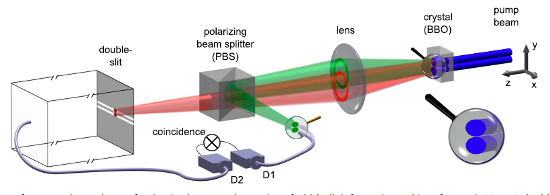In which we do a little ResearchBlogging, taking a look at a slightly confusing paper putting a new twist on the double-slit experiment. ———— I’m off to California this afternoon, spending the rest of the week at DAMOP in Pasadena (not presenting this year, just hanging out to see the coolest new stuff in Atomic, […]
